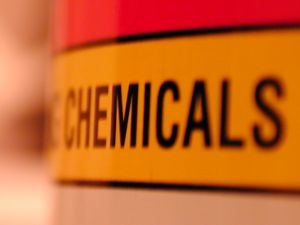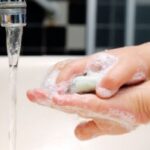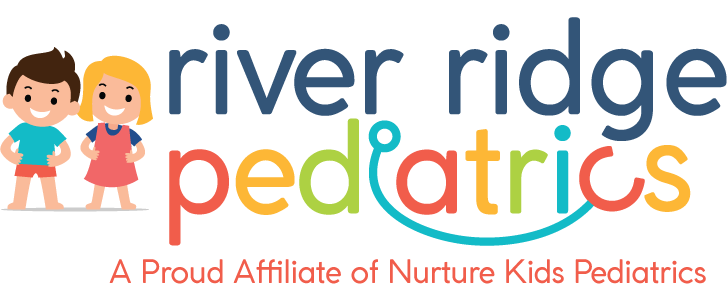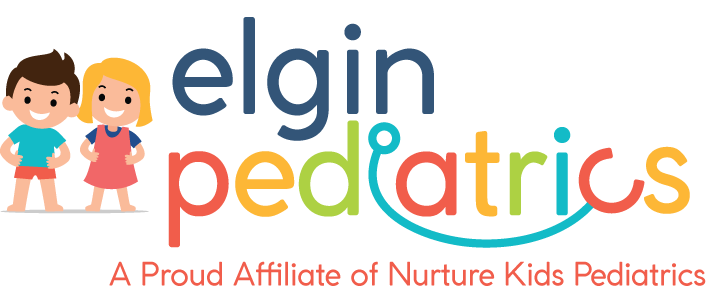Protecting Your Teens from Chemical Highs
Protecting Your Teens from Chemical Highs
 With the rise in available prescription narcotics, teens now have even more opportunities to experiment with drugs. However, if you thought locking your medicine cabinet was the only thing to worry about in your home, think again.
With the rise in available prescription narcotics, teens now have even more opportunities to experiment with drugs. However, if you thought locking your medicine cabinet was the only thing to worry about in your home, think again.
Due to easy accessibility, teens are increasingly using common house-hold products and synthetic (man-made) marijuana to get “high”. The dangerous results of using these chemically-induced agents are demonstrated by the alarming increase in emergency room visits and the spread of concern among community leaders.
Parents need to constantly educate themselves about the latest trends in recreational drug use so they can intervene if they suspect their child is being tempted to experiment with getting high.
How Do Teens Obtain Synthetic Marijuana Legally?
Classified as “K2” or “Spice”, synthetic marijuana is a mixture of herbal and spice plant products which are sprayed with potent chemicals and unknown toxins. These toxins show to cause psychedelic effects and provide a much more severe “high” then normal marijuana. Common side effects include:
- Increased blood pressure
- Increased heart rate
- Agitation
- Hallucinations
- Extreme paranoia
- Delusions lasting for days
Companies are marketing synthetic marijuana as incense, allowing teens to easily obtain it online and even at gas stations. The rising fatality rates caused by these products have become a concern across the country and many states are currently working to make the drug illegal.
How Do Teens Use House-hold Products as Drugs?
Along with using synthetic marijuana to get high, many teens are also experimenting with the drug-like effects of certain chemical products found within most homes. Items such as bath salts and plant food are now being snorted, injected, and swallowed, resulting in severe health problems and even fatalities. These products contain a short-acting stimulate known as mephedrone, and provide users with a high similar to cocaine or ecstasy. Common side effects include:
- Increased heart rate
- Insomnia
- Raised Blood Pressure
- Rapid eye movement
- Loss of appetite
- Teeth grinding
- Chest pains
The sad truth is, parents must remain constantly vigilant when it comes to protecting their children from the dangers of drugs and chemical-induced highs. Even if your teen seems unlikely to dabble with these products, it’s best to keep them out of sight and in a locked cabinet. For more information on safety and side effects visit the AAP Healthy Children Website or contact your local poison center.

 Next Post
Next Post



